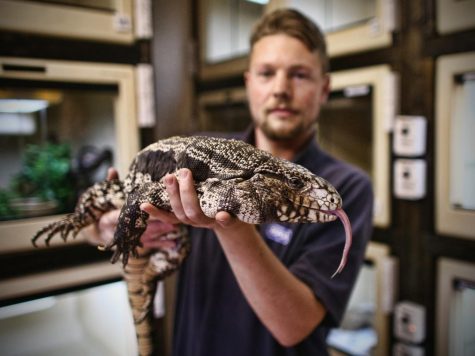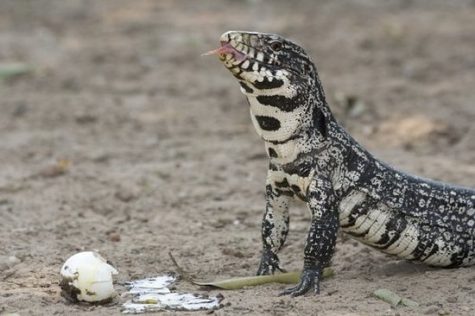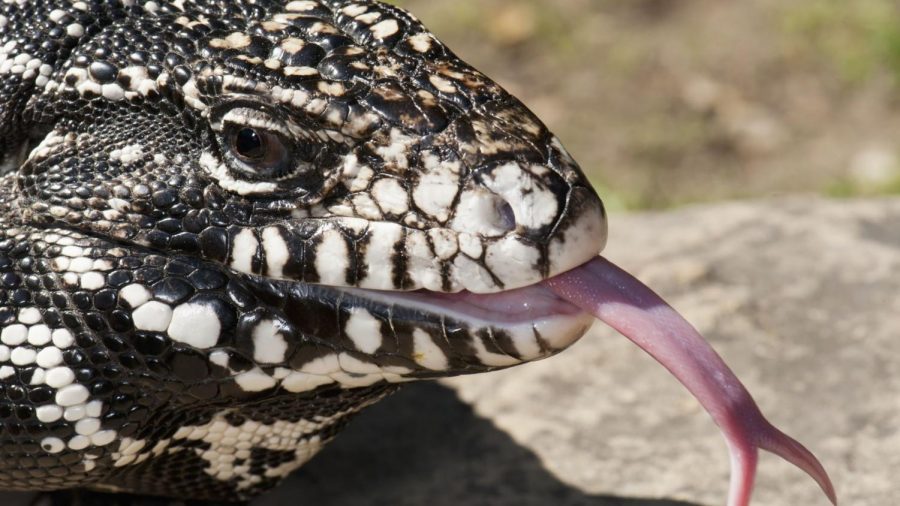Dog-Sized Lizards are Invading America!
Photo Courtesy of Getty Images
The Argentine Black and White Tegu
December 13, 2020
As if 2020 couldn’t get any weirder, omnivorous reptiles called Argentine Tegus are breeding in multiple states in the US after escaping from South America. Biologists are concerned since the lizard species is known for being voracious. Tegus live in forests and grasslands and in areas that receive substantial seasonal rain, so no one should worry about finding any here in Vegas.

According to National Geographic, “The Argentine black-and-white tegu, a large lizard that can grow up to four feet in length, has already proliferated widely throughout South Florida. But it’s not stopping there. These invaders have started popping up throughout the southeastern United States, posing a potential threat to native species and farmers.”
A part of the problem is people who want Tegus as a pet and then release them into the wild.
“For those who like to keep exotic animals, intelligent and docile tegus make for sought-after pets. Most in the U.S. are the product of American breeders, but between 2000 and 2010 alone, more than 79,000 live tegus were imported from South America,” says Amy Yackel Adams, a biologist who is studying the animal currently.
The omnivorous Tegus will eat anything they can get their mouth around. They’ll eat eggs, birds, other reptiles, doves, mice, strawberries, vegetables, etc. The problem with that is they eat all types of eggs that are nested or stored in the ground, including eggs of endangered species, like sea turtles, American crocodiles, and many others.

“I would be terrified if I saw a lizard that big in my backyard,” says Cody Nay, currently a junior at Shadow Ridge.
Once Tegus invade, they’re a pain to get rid of. Tegus are tough and able to withstand colder temperatures than some other reptiles because they can elevate their body temperature as much as 18°F above the temperature of their environment and if it gets too cold in winter, they can brumate and hide out in burrows they’ve stolen from burrowing animals.
The USGS has set traps across the Southeast of the US and has caught 900 this year alone. Instead of killing the Tegus, they humanely capture them and then rehome them to those who would like them as pets.
States like Alabama have passed laws forbidding the animals from being imported, and other states may follow. For now, it’s probably best to adopt a Chameleon or Bearded Dragon instead of an invasive species.








